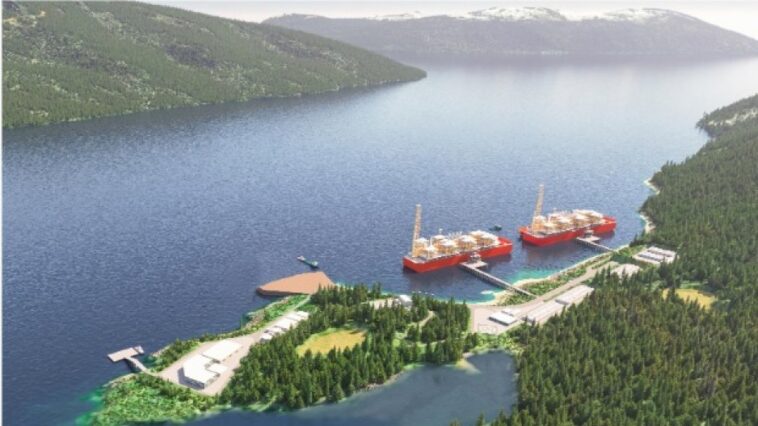A new $10 billion Liquified Natural Gas (LNG) project has been proposed on Nisga’a territory along the northwest coast of BC. Ksi Lisims LNG would be a floating liquefaction facility constructed on a remote site called Wil Milit, located on Pearse Island, close to the border with southeastern Alaska. The plant is a partnership between the Nisga’a Nation, Calgary-based Rockies LNG, and Texas-based Western LNG and would have the capacity to produce 12 million tonnes of LNG every year for exporting to primarily Asian markets. Its proponents claim it would be net-zero in its emissions by 2030 – something Ksi Lisims will have to demonstrate is actually feasible before getting approval from provincial and federal governments.
The BC Environmental Assessment Office’s public comment period on the project is currently underway, with open houses held earlier in November and online comments being accepted until December 1. We spoke to proponents like Nisga’a President Eva Clayton and environmental critics like Skeena Watershed Conservation Coalition’s Shannon McPhail about the diverse community conversations taking place around this contentious project.
Economic Reconciliation
Speaking to The Skeena, Nisga’a President Eva Clayton said that Ksi Lisims LNG is an important step in what she calls ‘economic reconciliation’ with First Nations. “Economic reconciliation is important not only for myself, but the Nation, because we have never had economic development within our territory for hundreds of years,” she told us. “The Indigenous people were left on the sidelines, while the prosperity and the resources from our land went south whether it was to Vancouver, Victoria or East to Calgary, Toronto and Ottawa.”

Clayton said the project was an opportunity to bring jobs to her Nation in order to prosper and build generational wealth. She also spoke about the importance of self-determination and this being a First Nations-led energy project. “We won’t be at the table as guests … But we will be sitting at the head of the table, providing direction and making decisions together,” she said.
“Ksi Lisims will be the heartbeat of our economy … That’s what economic reconciliation is all about. But this goes beyond participation. It is about Indigenous people taking action.”
Eva Clayton, President of the Nisga’a Lisims Government
At a community info session held over Zoom on November 14, 2023, she commented, “Ksi Lisims will be the heartbeat of our economy … That’s what economic reconciliation is all about. But this goes beyond participation. It is about Indigenous people taking action.”
Environmental Concerns
To be net-zero, Ksi Lisims plans to rely on hydroelectric power from BC Hydro, though critics say that the infrastructure does not yet exist to support the project. Without required grid upgrades or “if construction of the needed 95-kilometre power line is delayed, emissions would be up to 1.9 million tonnes a year, or nearly three percent of (the province’s) annual emissions,” according to the Vancouver Sun. These calculations do not include the other significant LNG projects going forward around the province, like the Haisla Nation’s Cedar LNG facility or the LNG Canada export terminal in Kitimat. Currently, BC is far behind in its targets to reduce greenhouse gas emissions by 40% by 2030 – to date, rates have only decreased by 1%.
“We want to be able to be a part of the solution to mitigate climate change.”
Eva Clayton, President of the Nisga’a Lismis Government
When asked about the criticism from environmentalists who say Ksi Lisims would make BC’s climate targets impossible, President Clayton reiterated that “our project will be the world’s lowest emissions at net zero.” She also argued that this project would be important for easing Asia’s reliance on coal by switching to BC’s LNG. “We want to be able to be a part of the solution to mitigate climate change,” she told us.
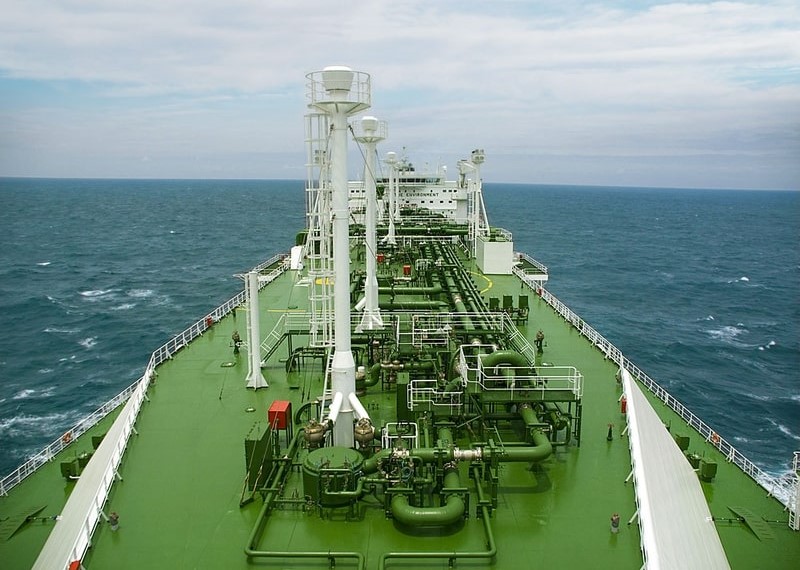
In its online info session, Ksi Lisims LNG representatives claimed the impact of the facility would also be minimal on communities and wildlife. “It’s so remote compared to everything else; the cumulative impact of this individual project is not large,” Ksi Lisims’ environmental advisor Brian Clark explained in The Northern Review.
There are also concerns about the project interfering with important Indigenous cultural sites. Ksi Lisims LNG identified 6 archeological sites in the project’s planned area, all of which have one or more culturally modified trees from before 1846. In a community info session on November 16, the LNG representatives assured that the project design would “avoid heritage sites to the extent possible,” though did not provide further details.
Lax Kw’alaams Opposition
The Lax Kw’alaams First Nation has been outspoken against the project, despite Ksi Lisims’ current design plans that involve their territory. The Nation had previously sent a letter to the BC Environmental Assessment Office asking them to reject the proposal because “the project will induce BC’s failure to meet its climate targets as well as induce harmful climate-related adverse impacts on Lax Kw’alaams people.”
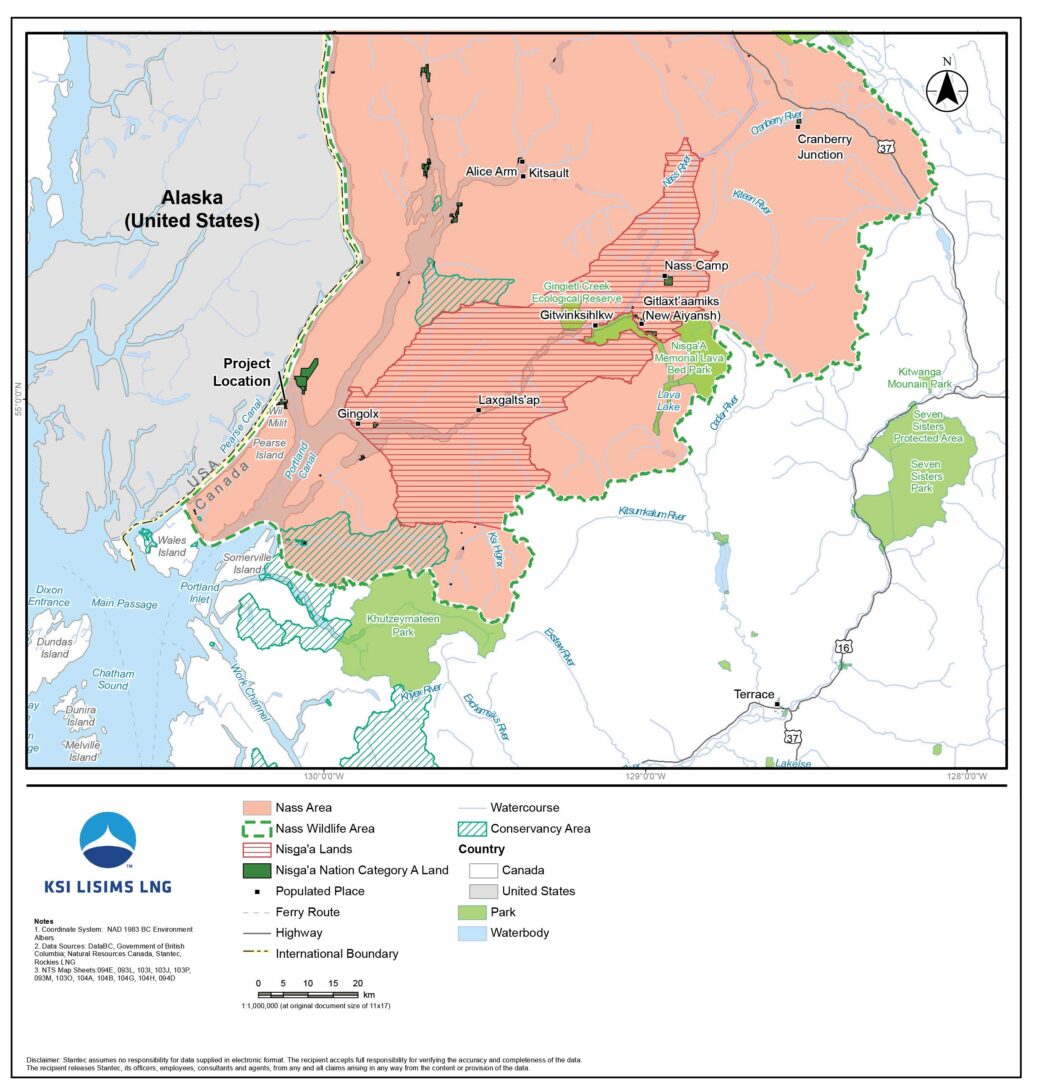
Lax Kw’alaams Mayor Gary Reece released a statement on November 16 reaffirming his opposition during the public comment period. “We wish to reiterate our position that all projects within our traditional territory require our explicit consent before advancing, and as of this date, we have not granted consent to the Nisga’a Nation, Rockies LNG Partners, nor Western LNG for the project to proceed,” Reece said.
When speaking to The Skeena on November 22, President Eva Clayton responded, “I have no particular comment about the disapproval of Lax Kw’alaams because I haven’t yet had a face-to-face meeting with the mayor.”
Prince Rupert Gas Pipeline
A crucial component of the project is the LNG pipeline that will have to be built to bring natural gas to the floating terminal. Ksi Lisims LNG has signed a contract with TC Energy to connect to their already-approved Prince Rupert Gas Transmission Project LNG pipeline. The proposed expanded route of the pipeline would run through the Babine, Suskwa, Kispiox, and Skeena Rivers.
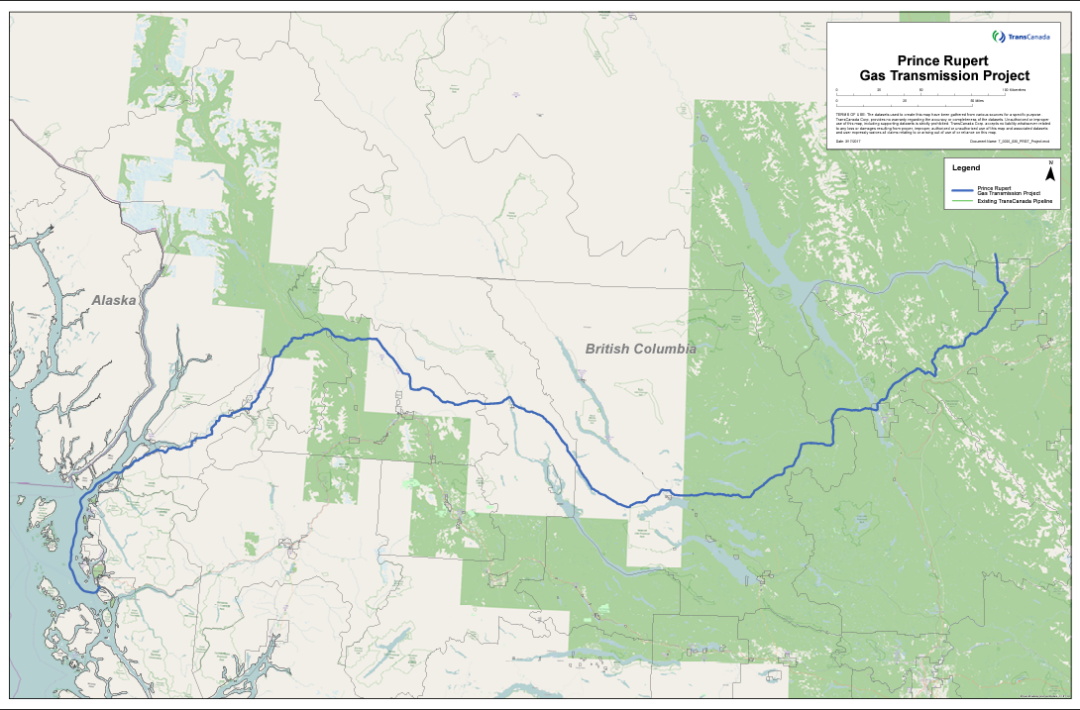
Shannon Lea McPhail, Co-Executive Director of the Skeena Watershed Conservation Coalition, is very concerned about the impact of Ksi Lisims and the subsequent pipeline expansion. Her organization, in coordination with the Kispiox Valley Community Association and the Anspayaxw/Kispiox Band Council, held an open house near Hazelton on November 20 to discuss the possible ramifications of the project.
“People really want to work together to ensure that this project doesn’t happen. The main concerns that I heard were obviously climate change and how LNG is not a solution to climate change, but a contributor.”
Shannon Lea McPhail, Co-Executive Director of the Skeena Watershed Conservation Coalition
The consensus at that event, she said, was that “people really want to work together to ensure that this project doesn’t happen. The main concerns that I heard were obviously climate change and how LNG is not a solution to climate change, but a contributor.” She went on to say the people in the region have been already living with the devastating impacts of climate change, with recent droughts and wildfires affecting people’s homes and livelihoods.
Salmon Under Threat
McPhail said the impact of Ksi Lisims would certainly not be ‘minimal’ as its proponents argue. She is particularly concerned about the Nass watershed and local migrating salmon. The LNG project would be located near the Nass River Estuary and could possibly endanger vulnerable salmon populations, and put food security and local economies at risk. “The Nass Estuary could be argued as the single most critical place for Nass salmon and steelhead,” she explained.
Scientists from the Gitksan Watershed Authority and Skeena Fisheries Commission further expressed concern at the community meeting, finding there was “potential adverse effect of particular importance and concern” from both the terminal and pipeline on water quality, habitat, marine fish, and marine mammals, including several Species of Concern and five types of Pacific salmon.
Many critics have been vocal about the lack of oversight for LNG energy projects in BC, and fear the same might happen if Ksi Lisims moves forward. An exposé in The Narwhal earlier this year revealed internal federal documents that told their regulators to “avoid monitoring” the construction of the Coastal Gaslink Pipeline, where an abnormal amount of fish had shown up dead. Coastal Gaslink is owned by TC Energy, which also owns the Prince Rupert Gas Transmission pipeline that would end up at the Ksi Lisims facility.
Community Disruption
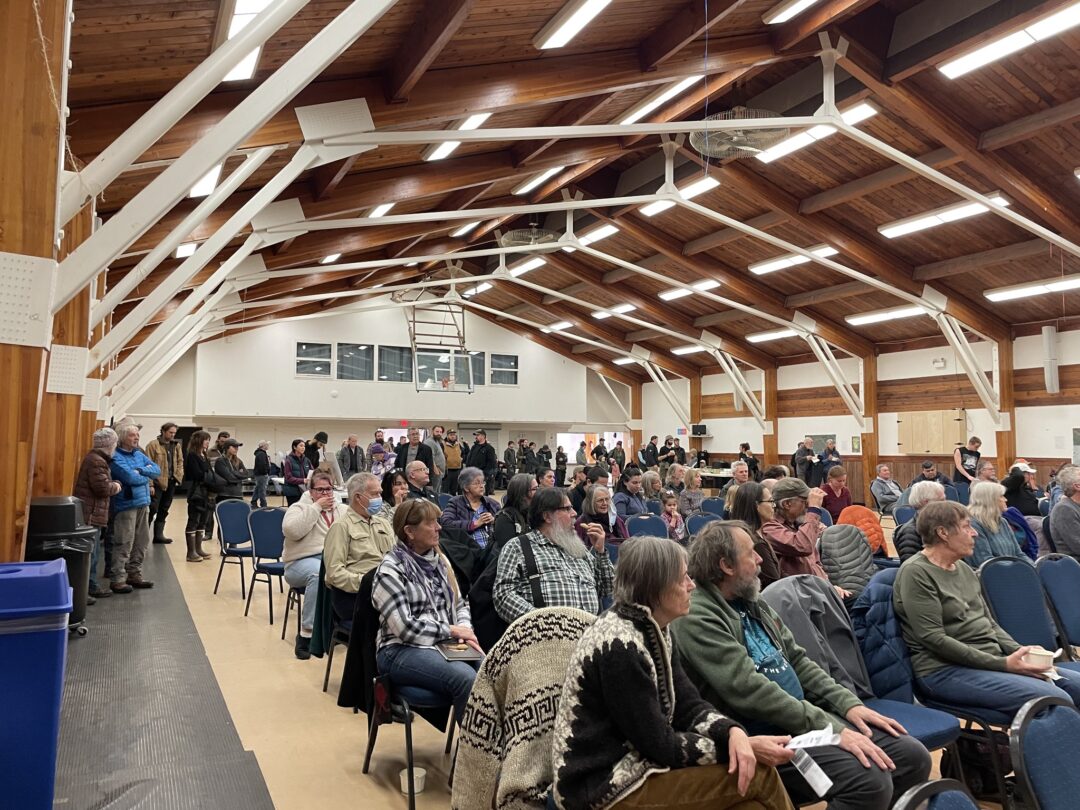
Proponents of Ksi Lisims argue that the floating design reduces on-land disturbance and limits the impact of construction on nearby communities. However, many at the Kispiox Valley community info session were worried about the influx of thousands of energy workers needed to build the facility and pipeline, and the man camps that would be required to house them in the region.
“What we now know is that this can never happen here, and that community info session felt pretty united.”
Shannon Lea McPhail, Co-Executive Director of the Skeena Watershed Conservation Coalition
McPhail expressed concern about already overburdened community services, like the under-staffed hospitals. “This would be a massive upset to our community – if we can’t keep up with infrastructure as it is right now, how are we going to double our population and somehow try to keep up with that?” she asked. “What we now know is that this can never happen here, and that community info session felt pretty united,” she concluded.
The Ksi Lisims LNG public comment period is open until December 1, and all are invited to share their opinions online through the BC Environmental Assessment Office website.


